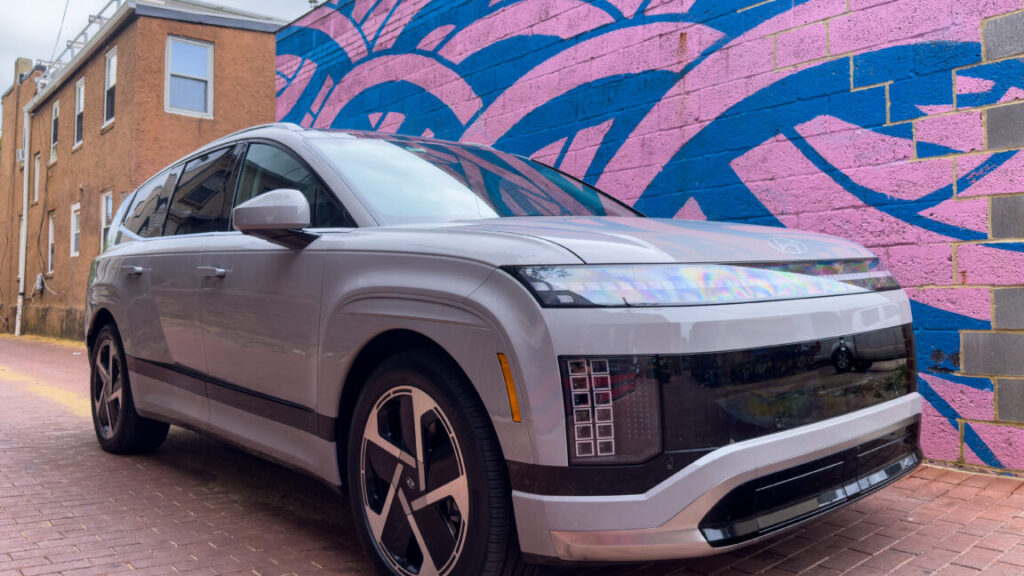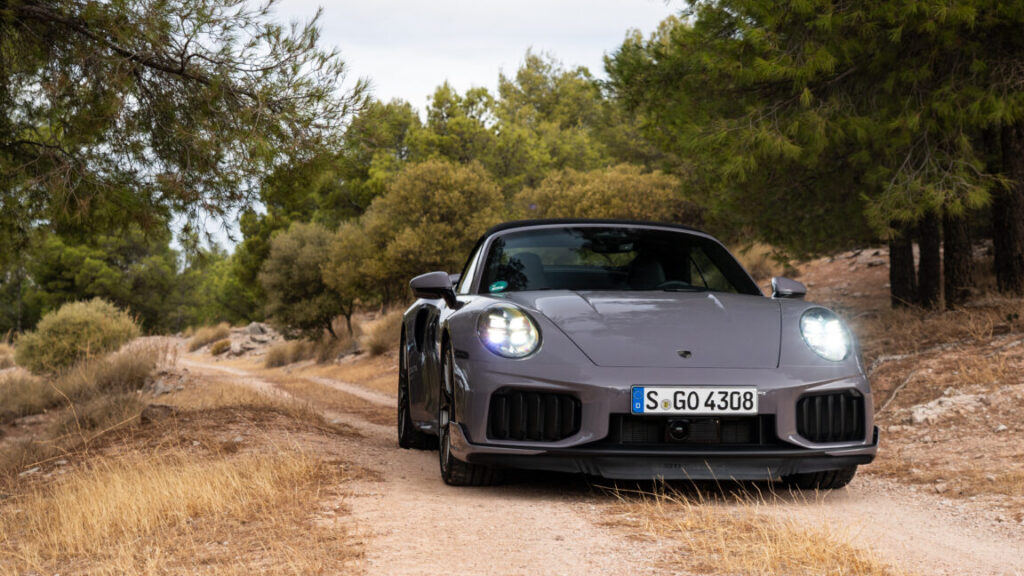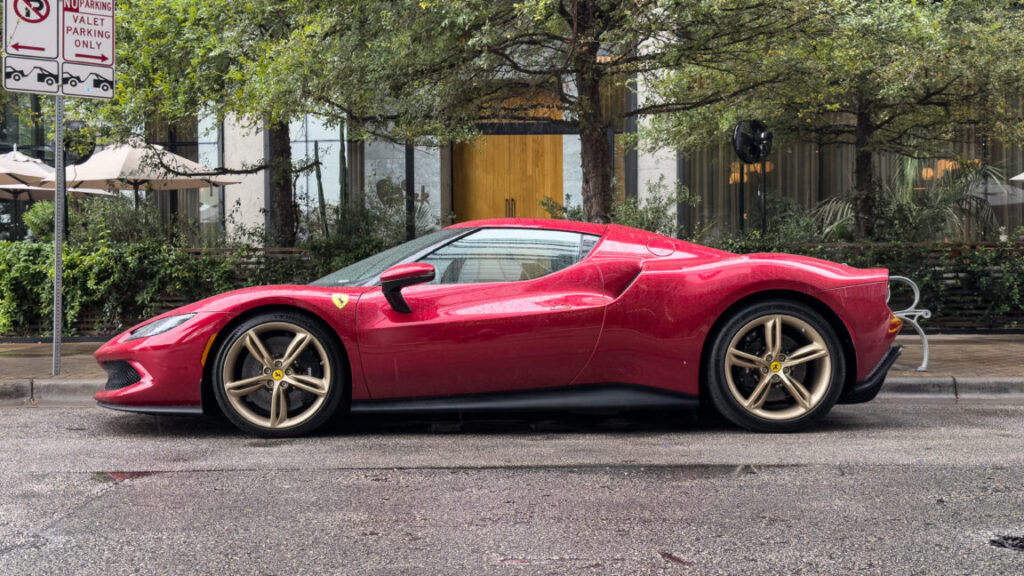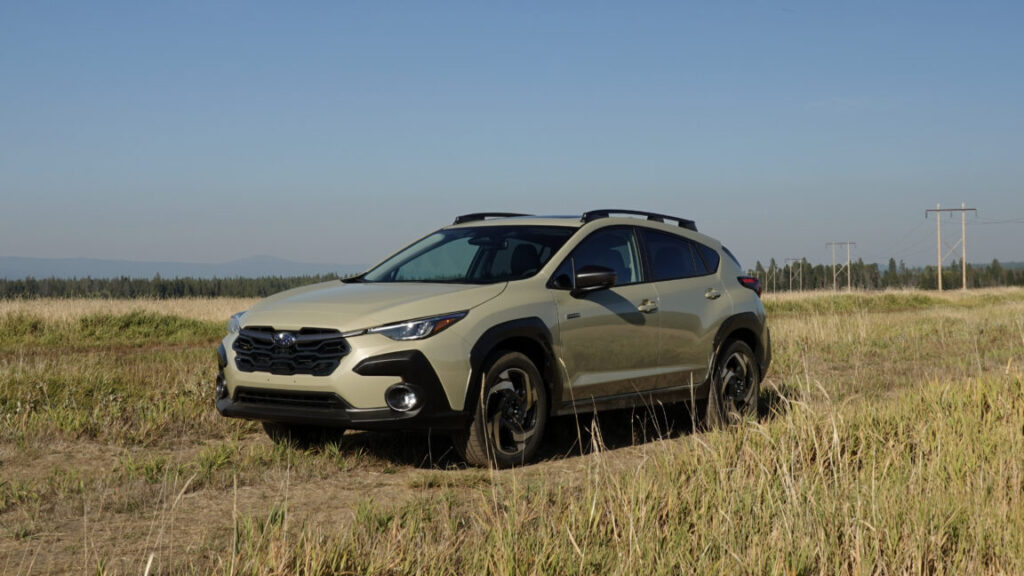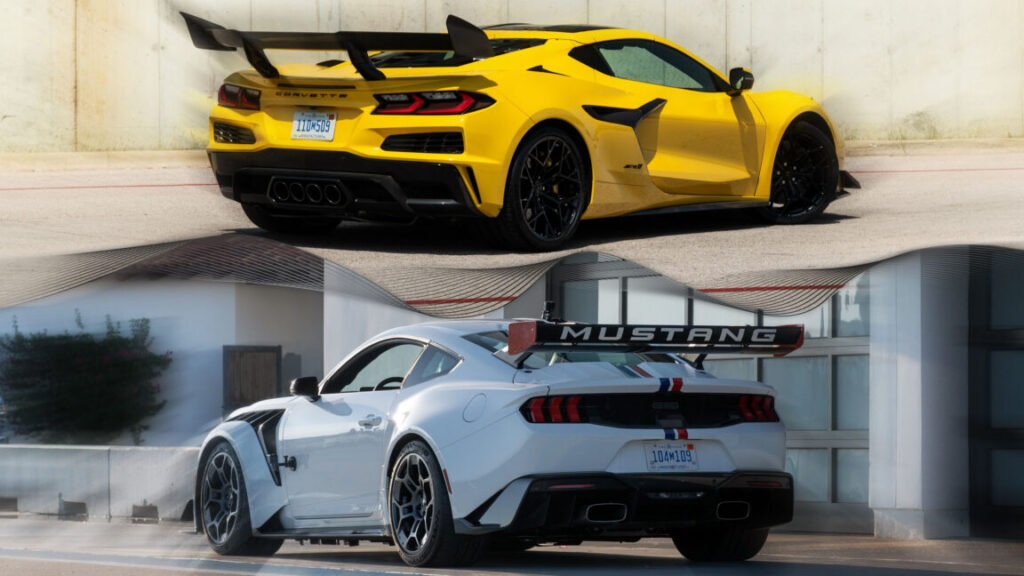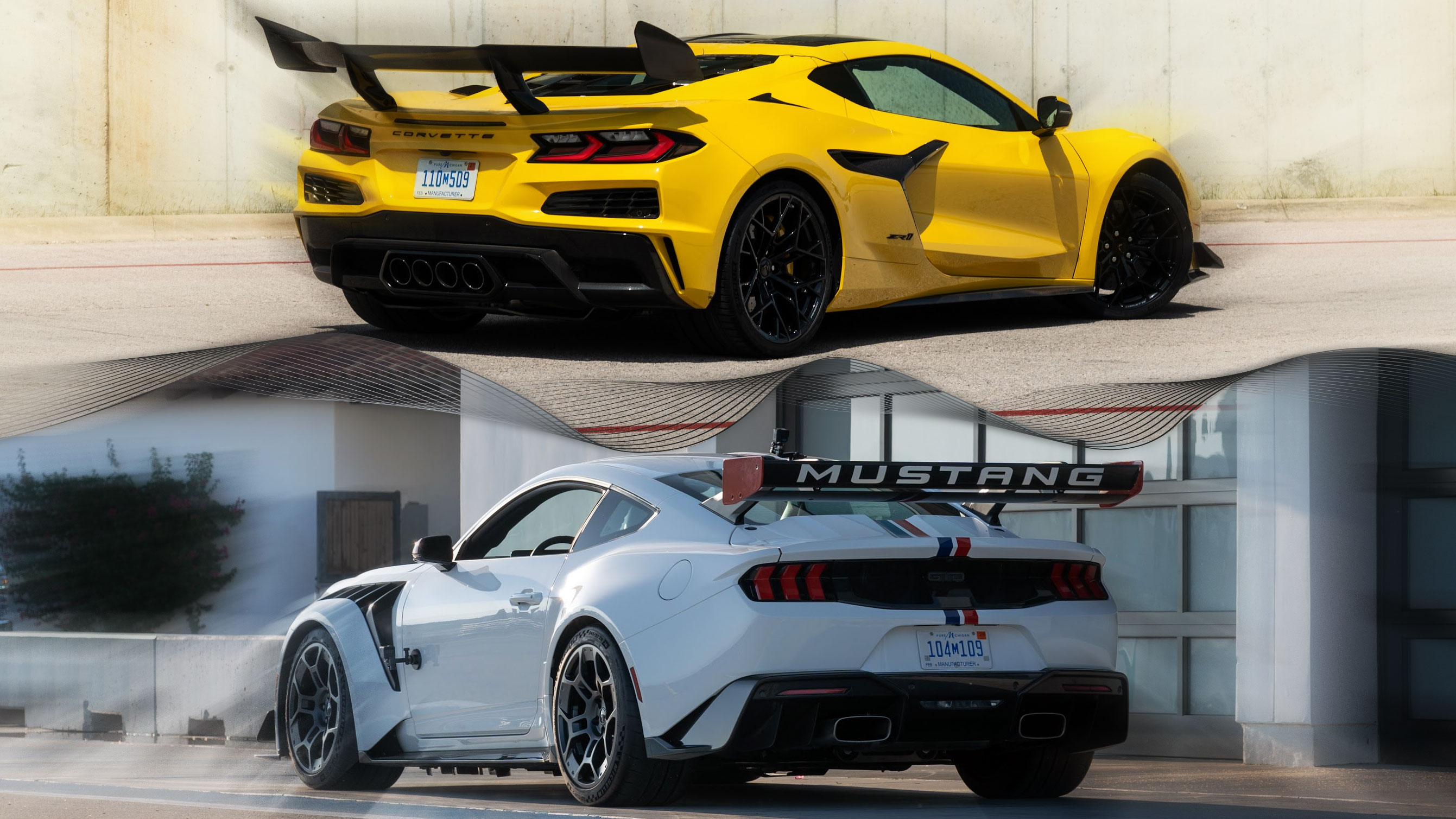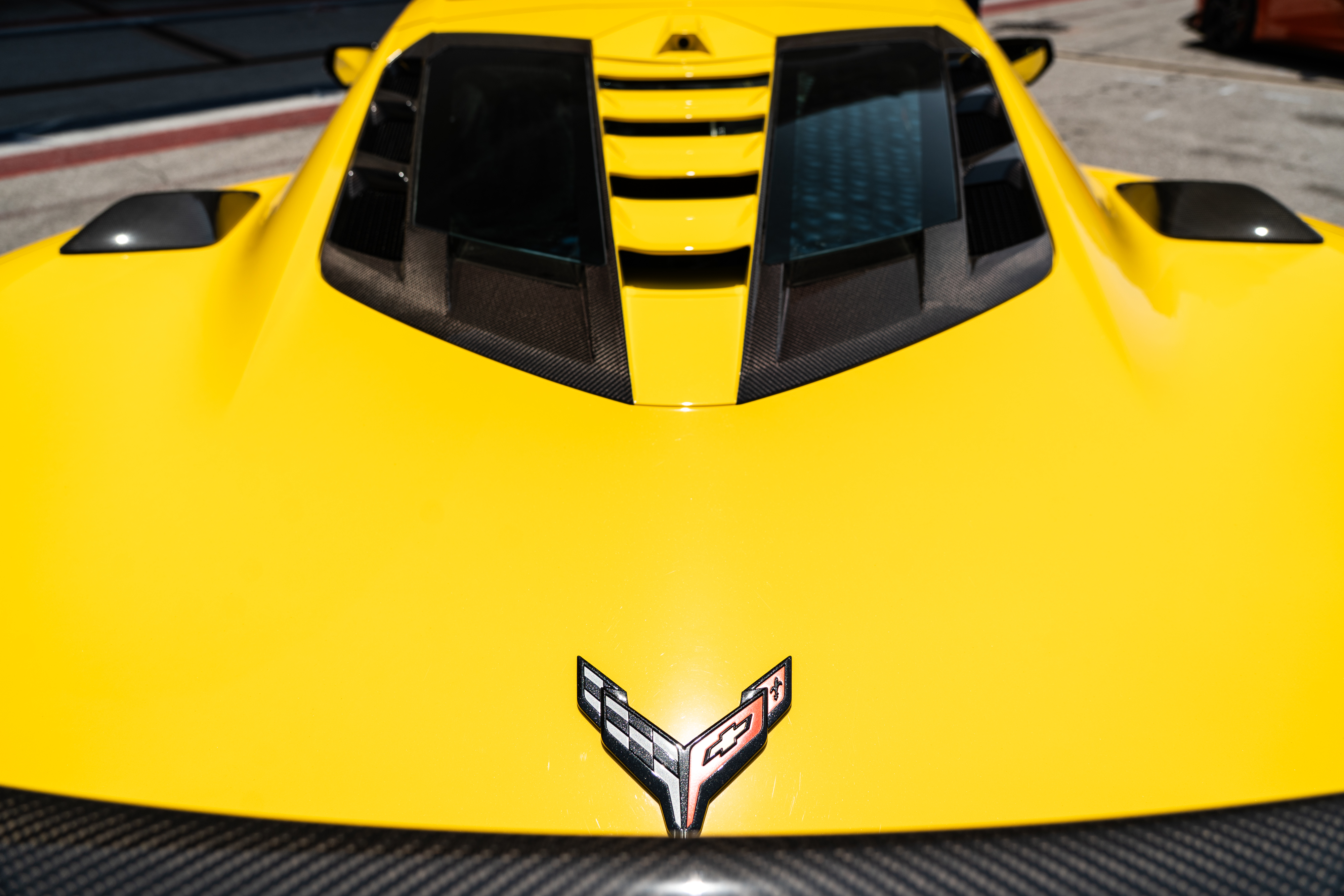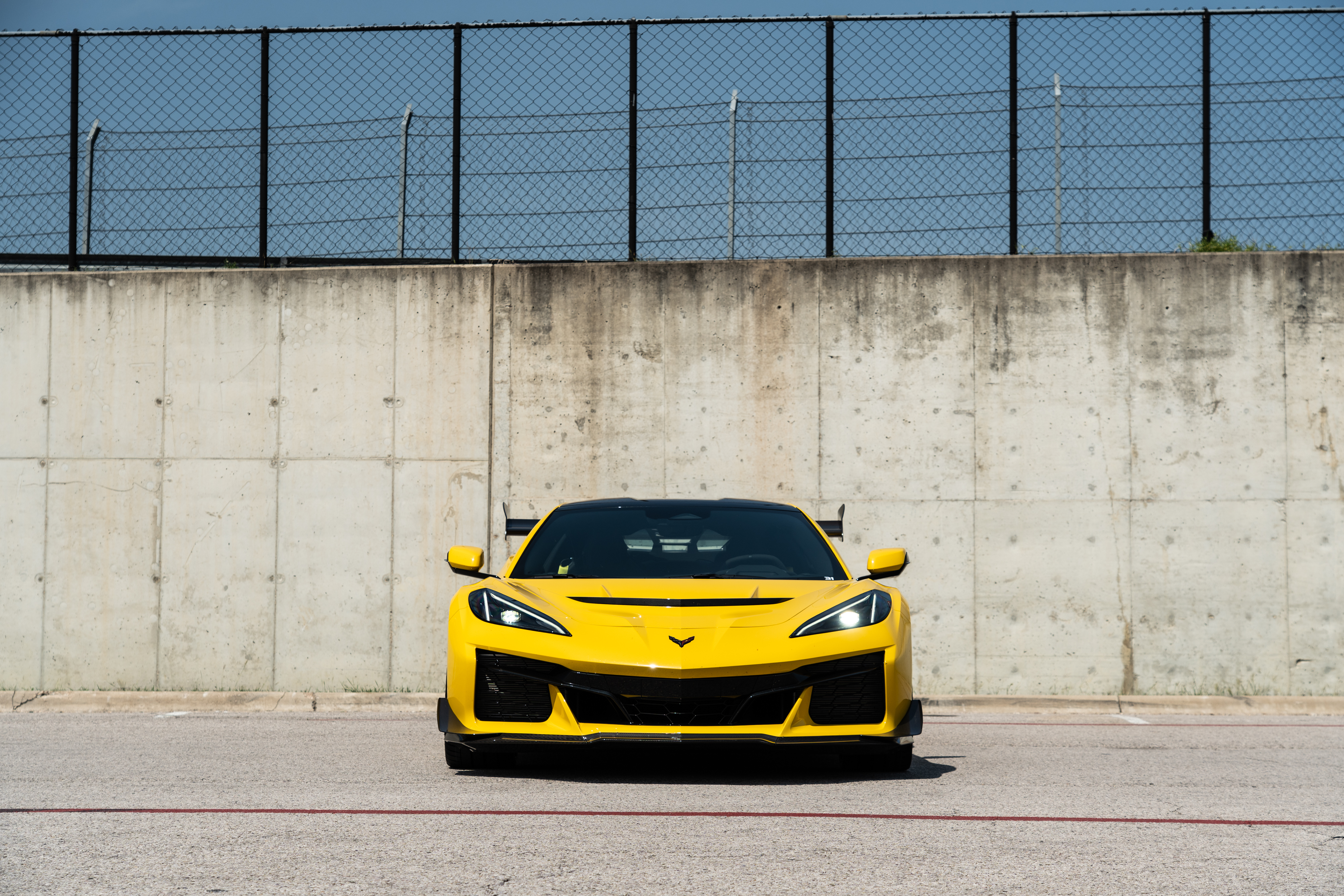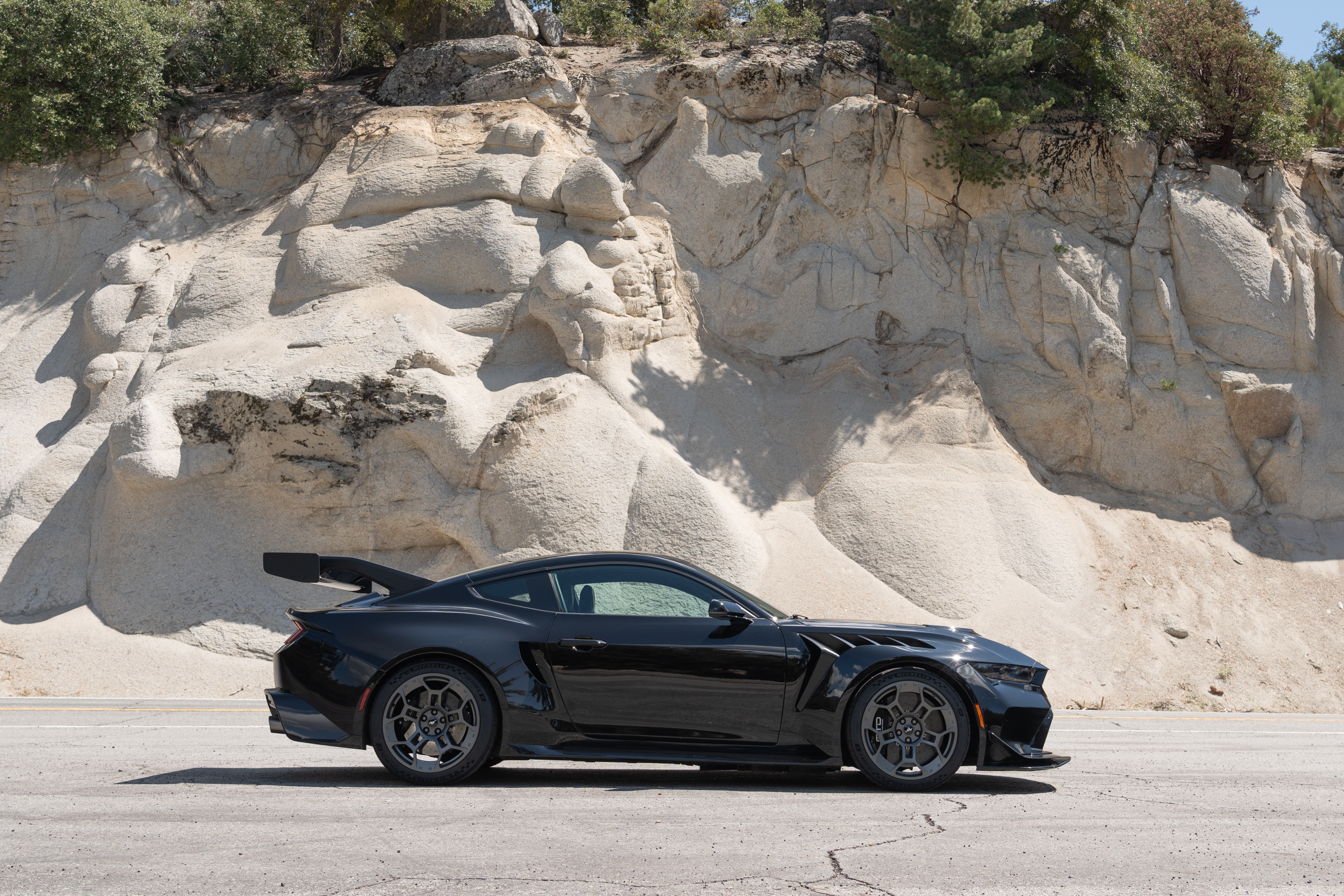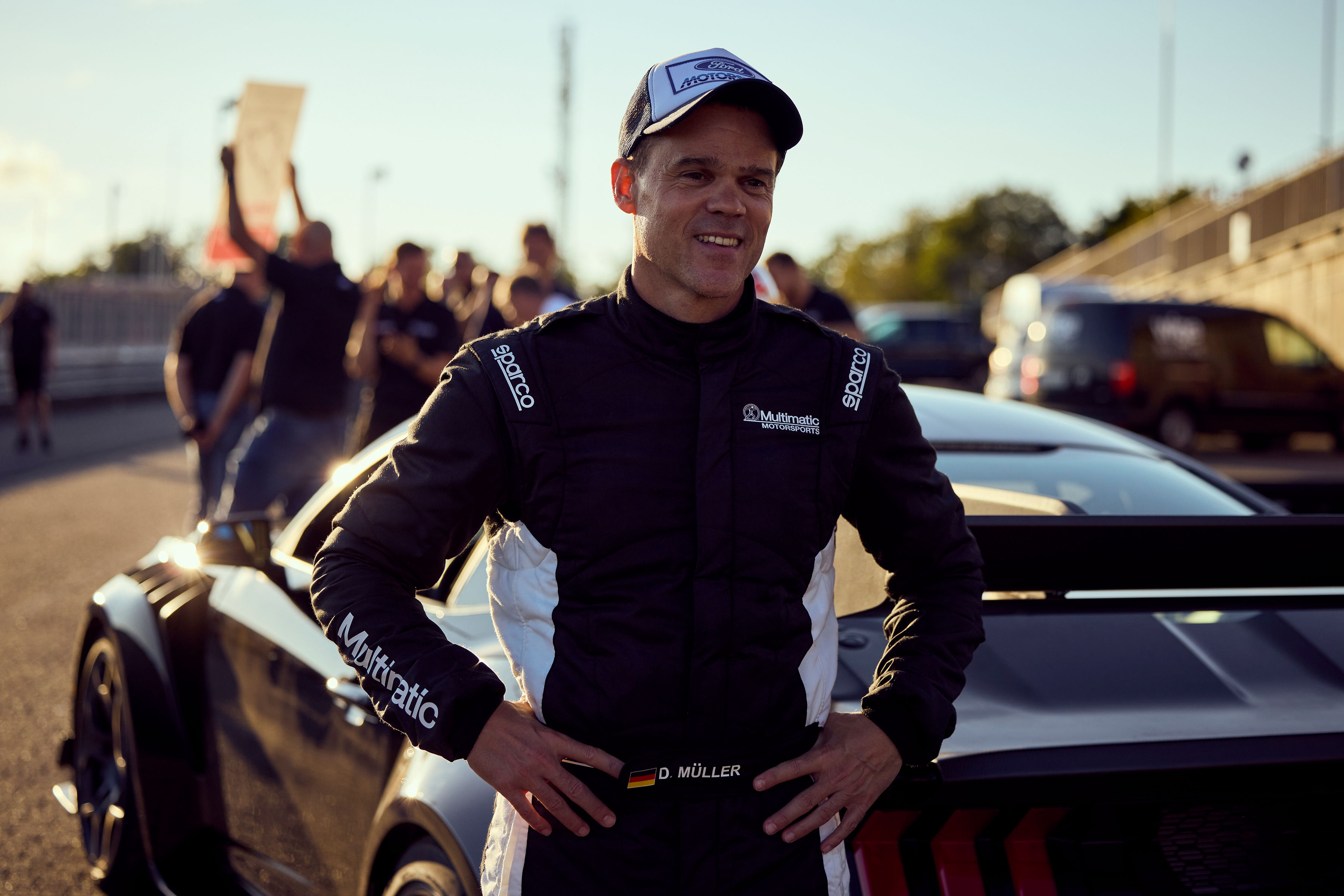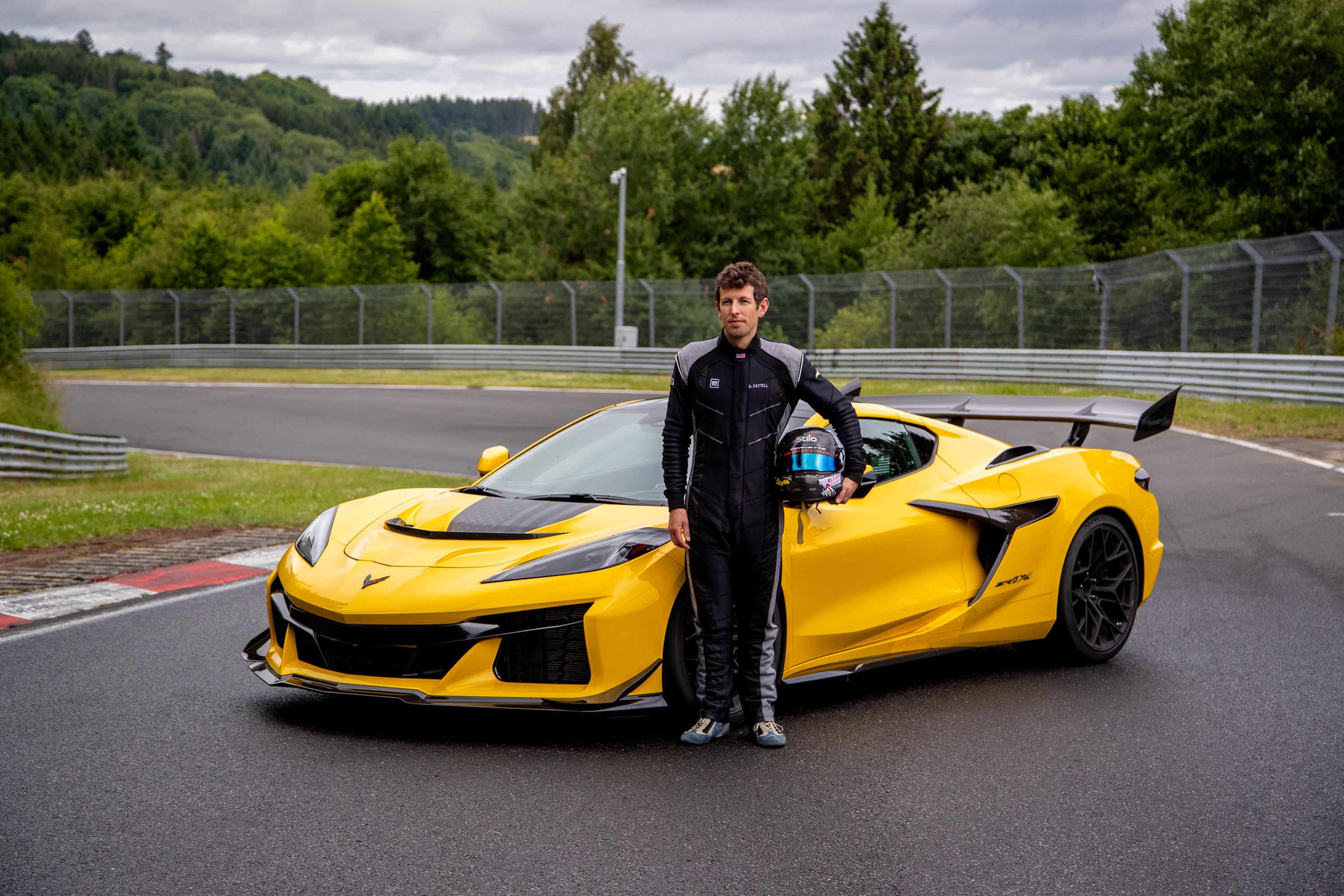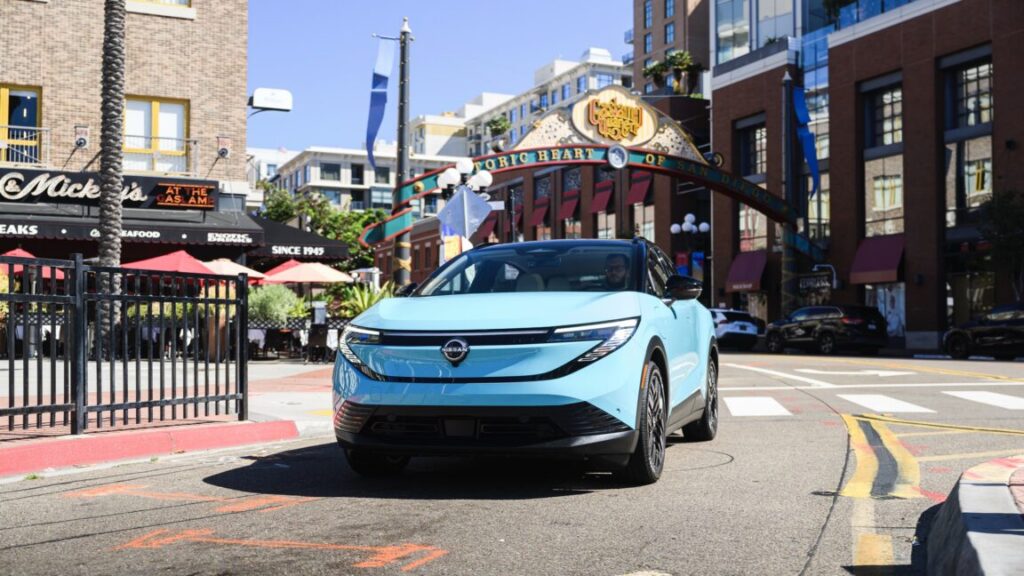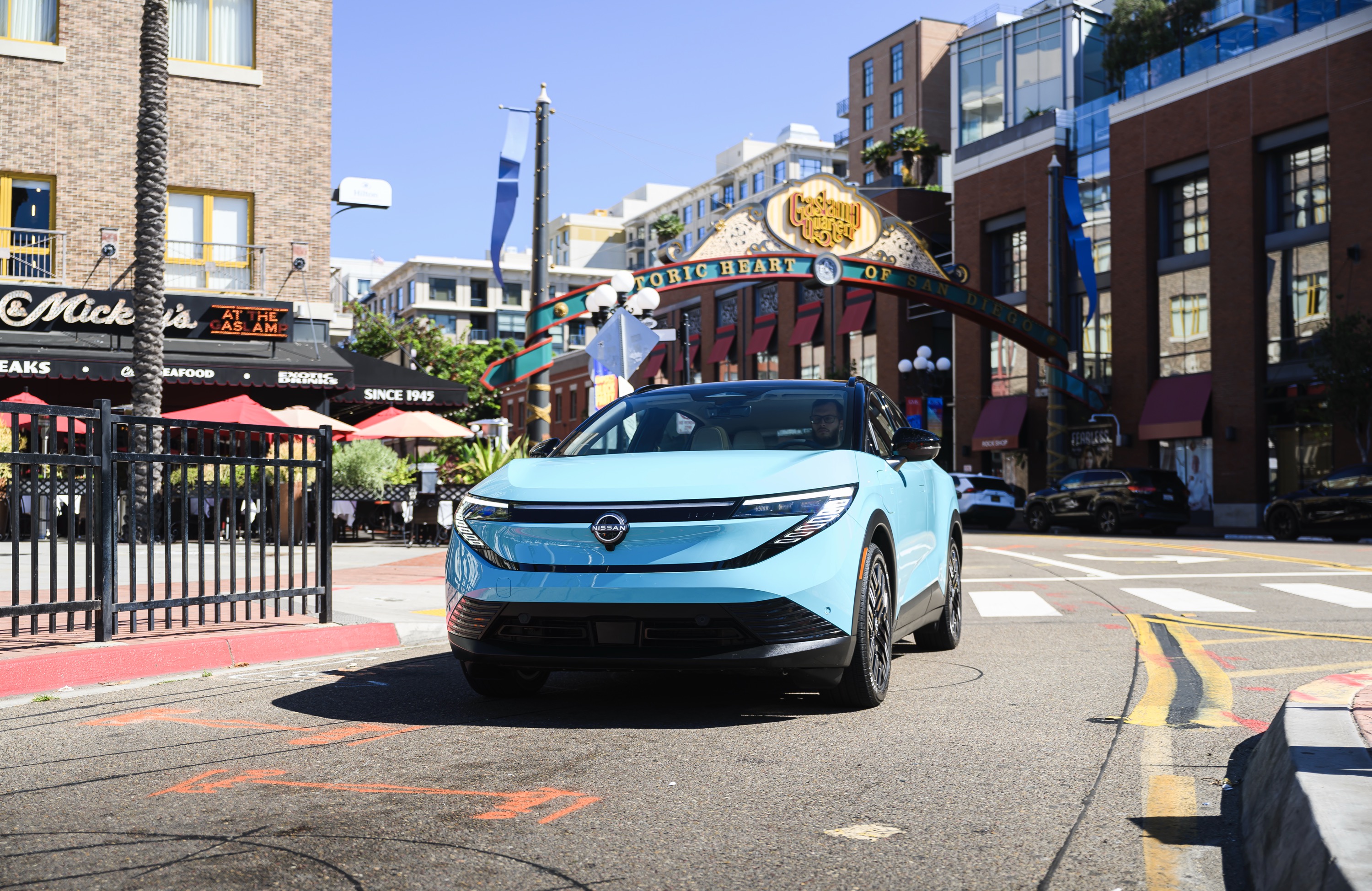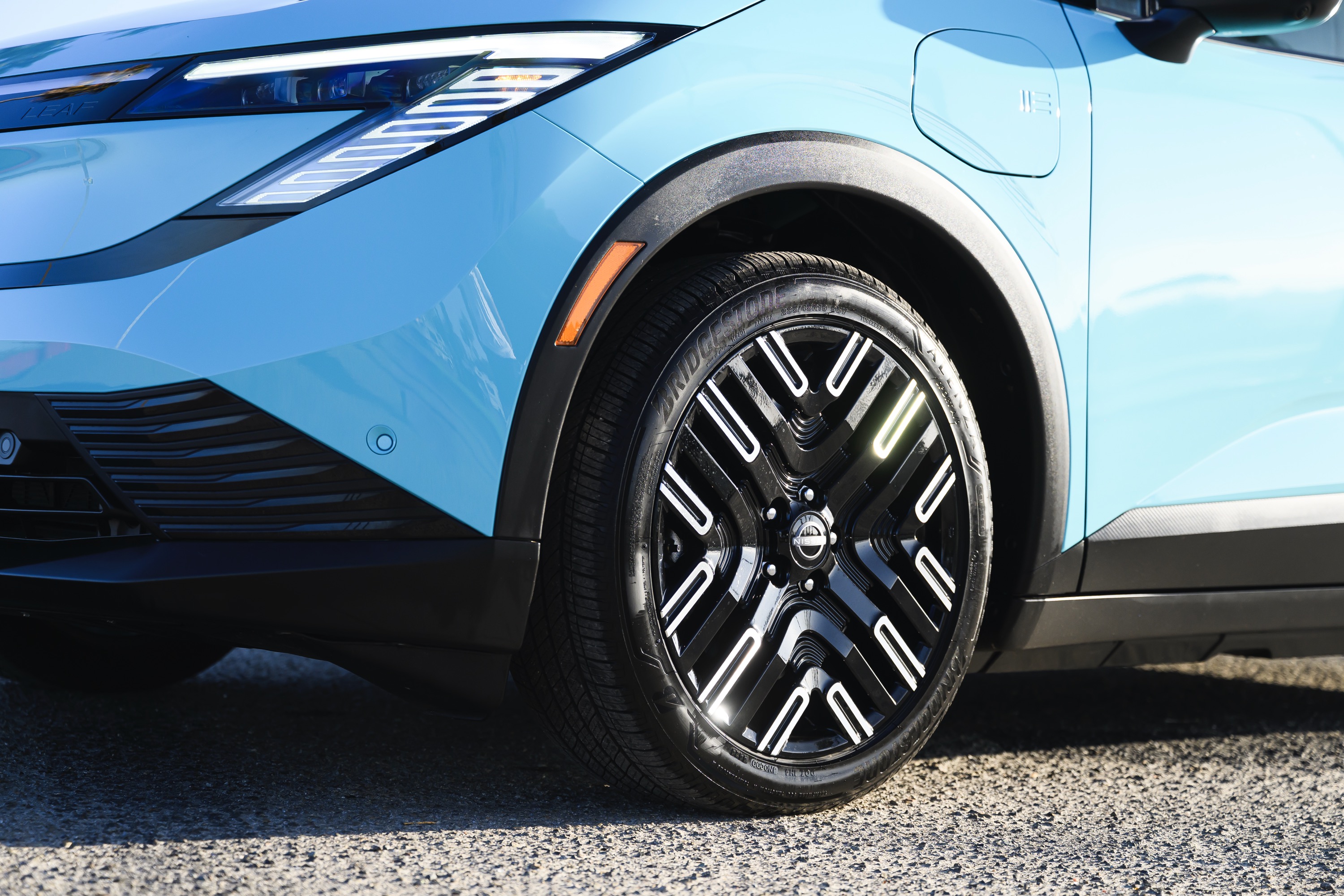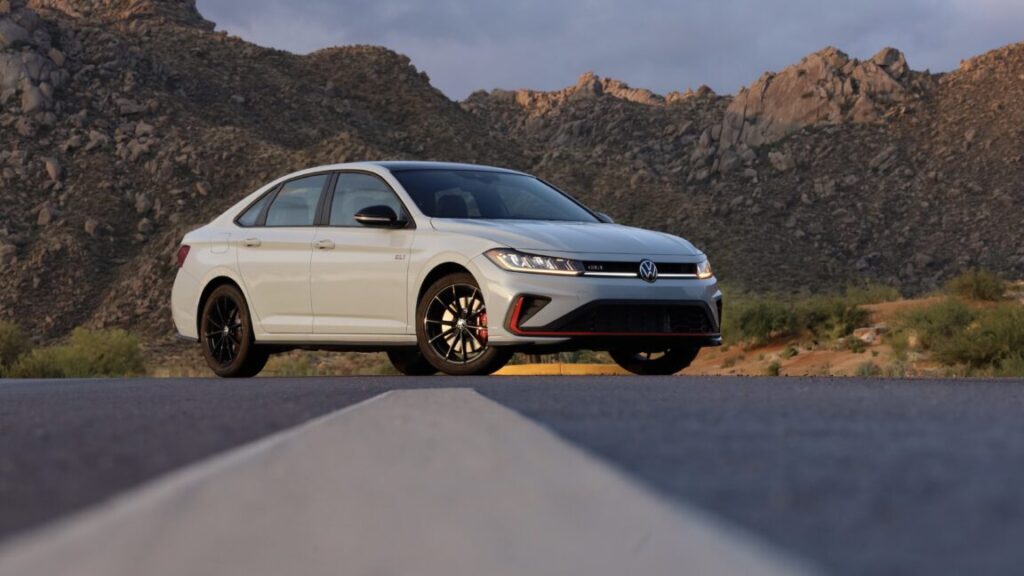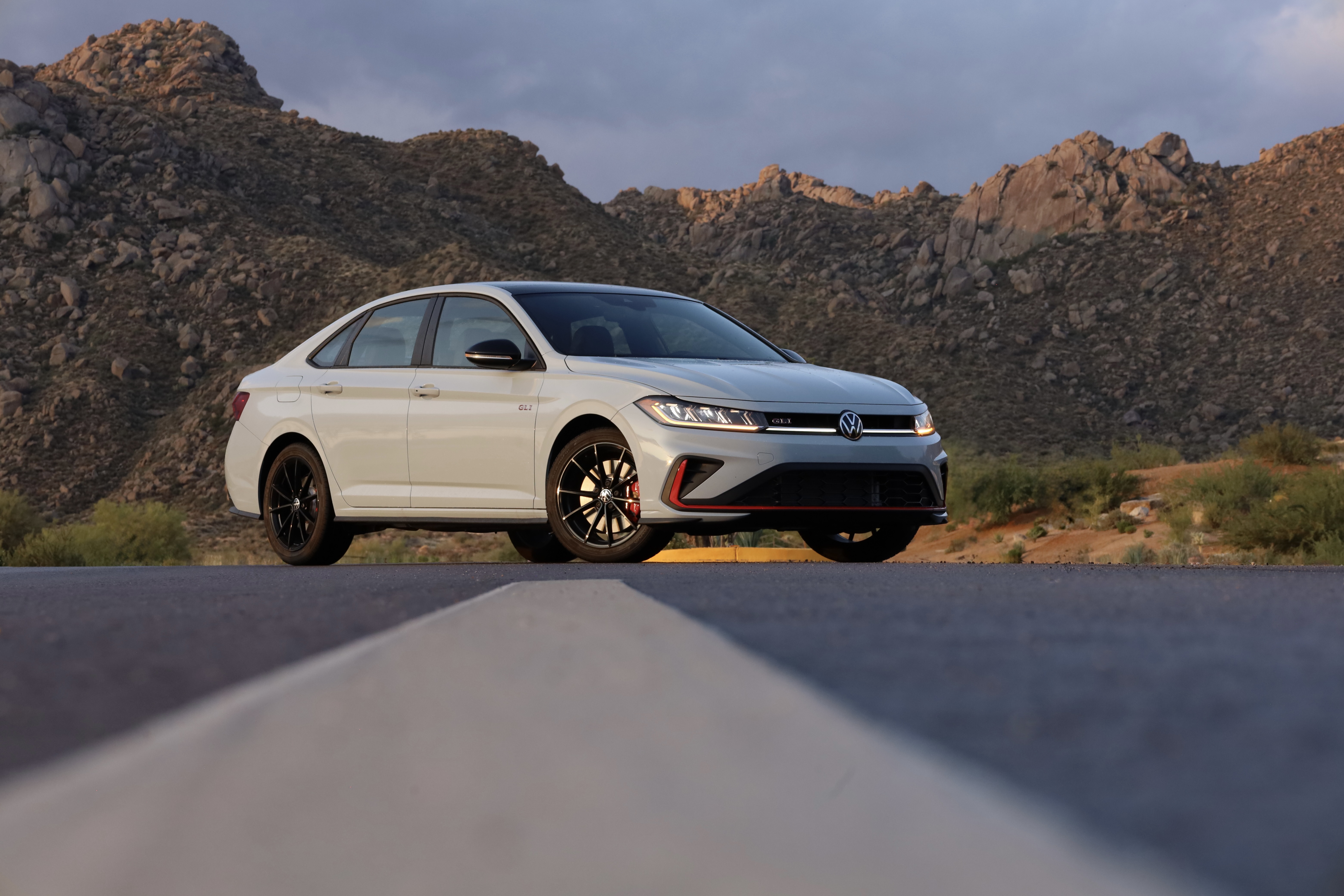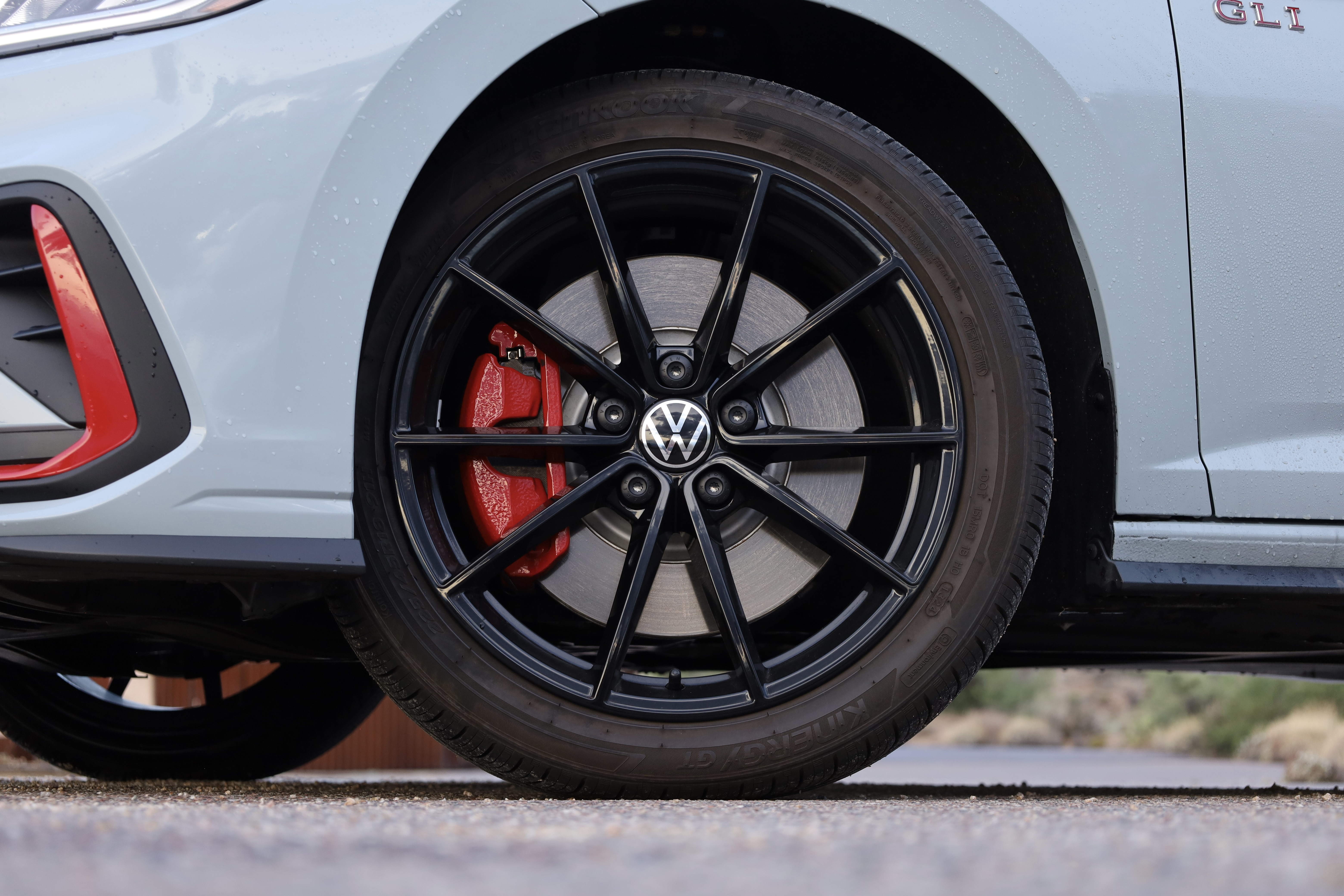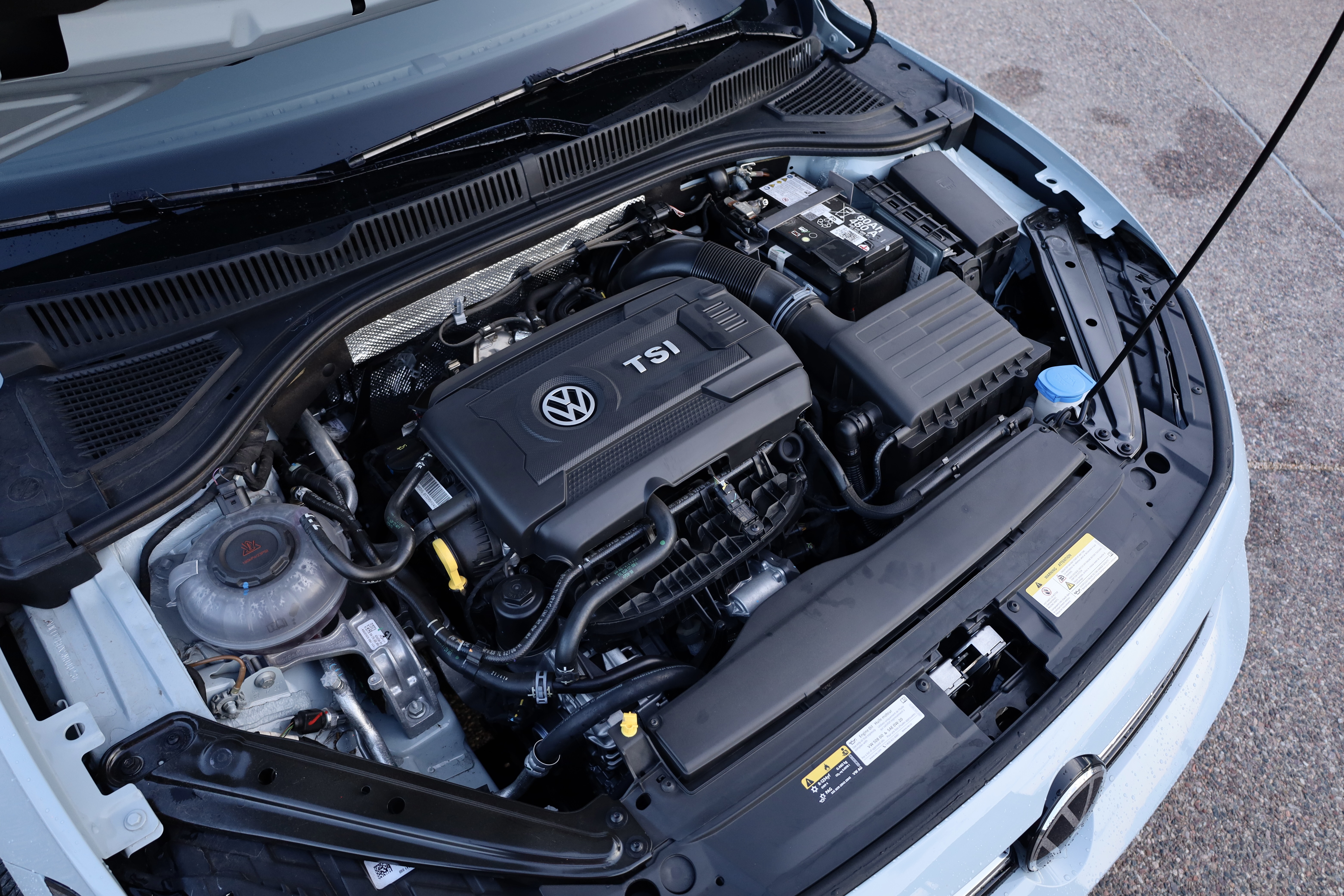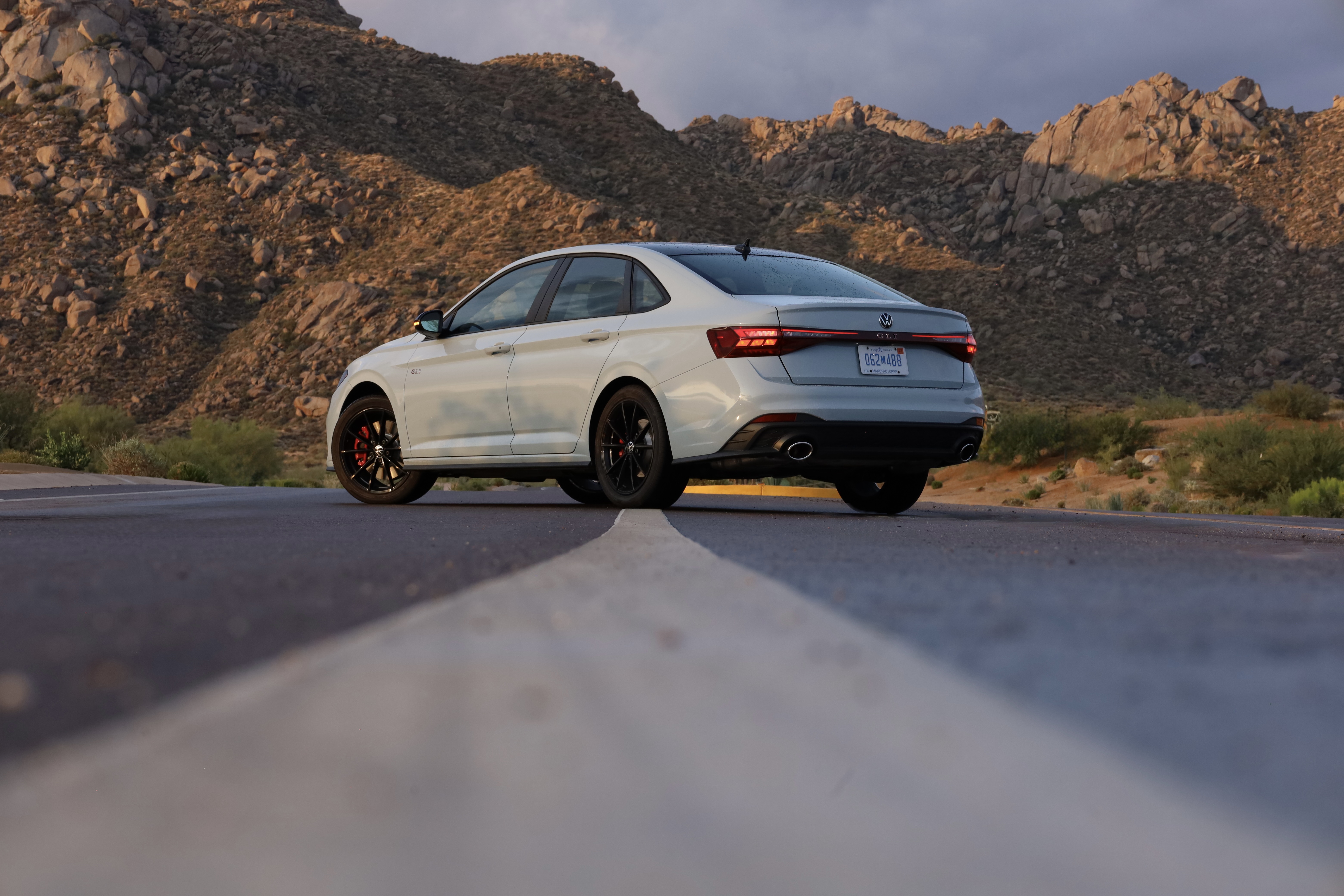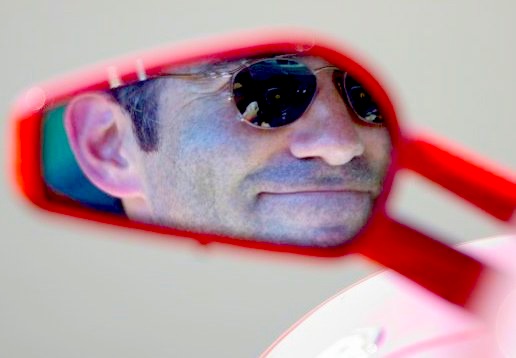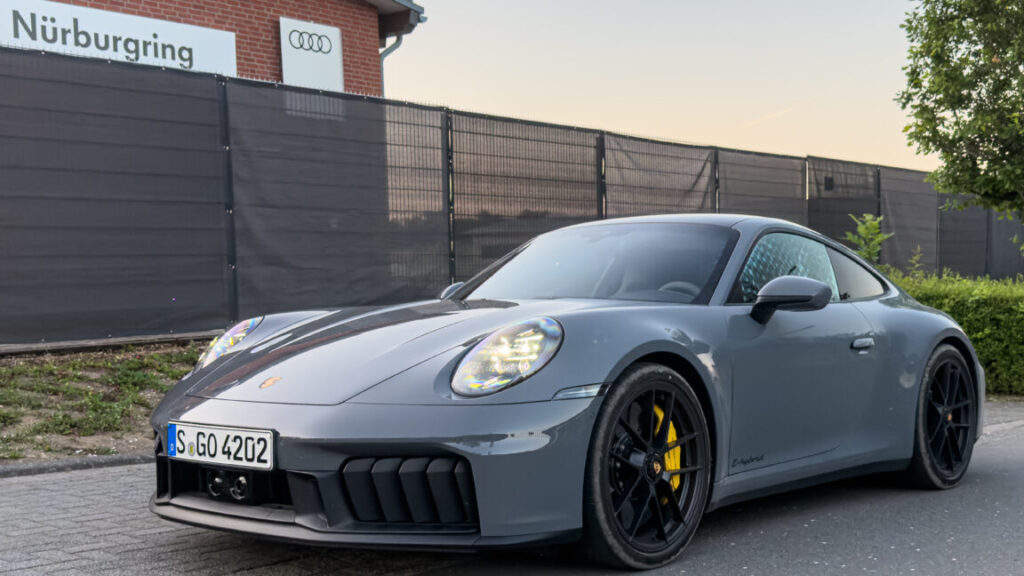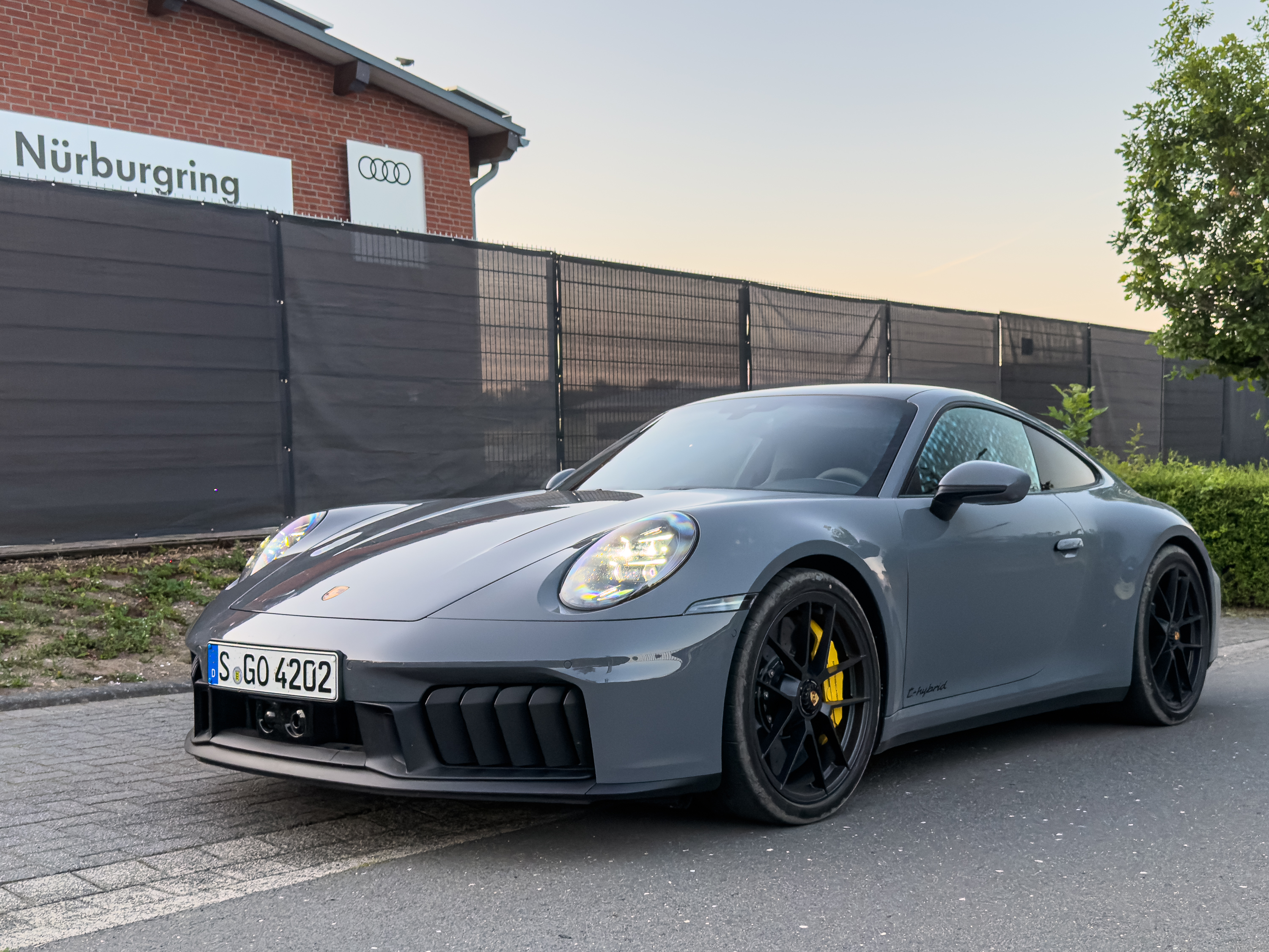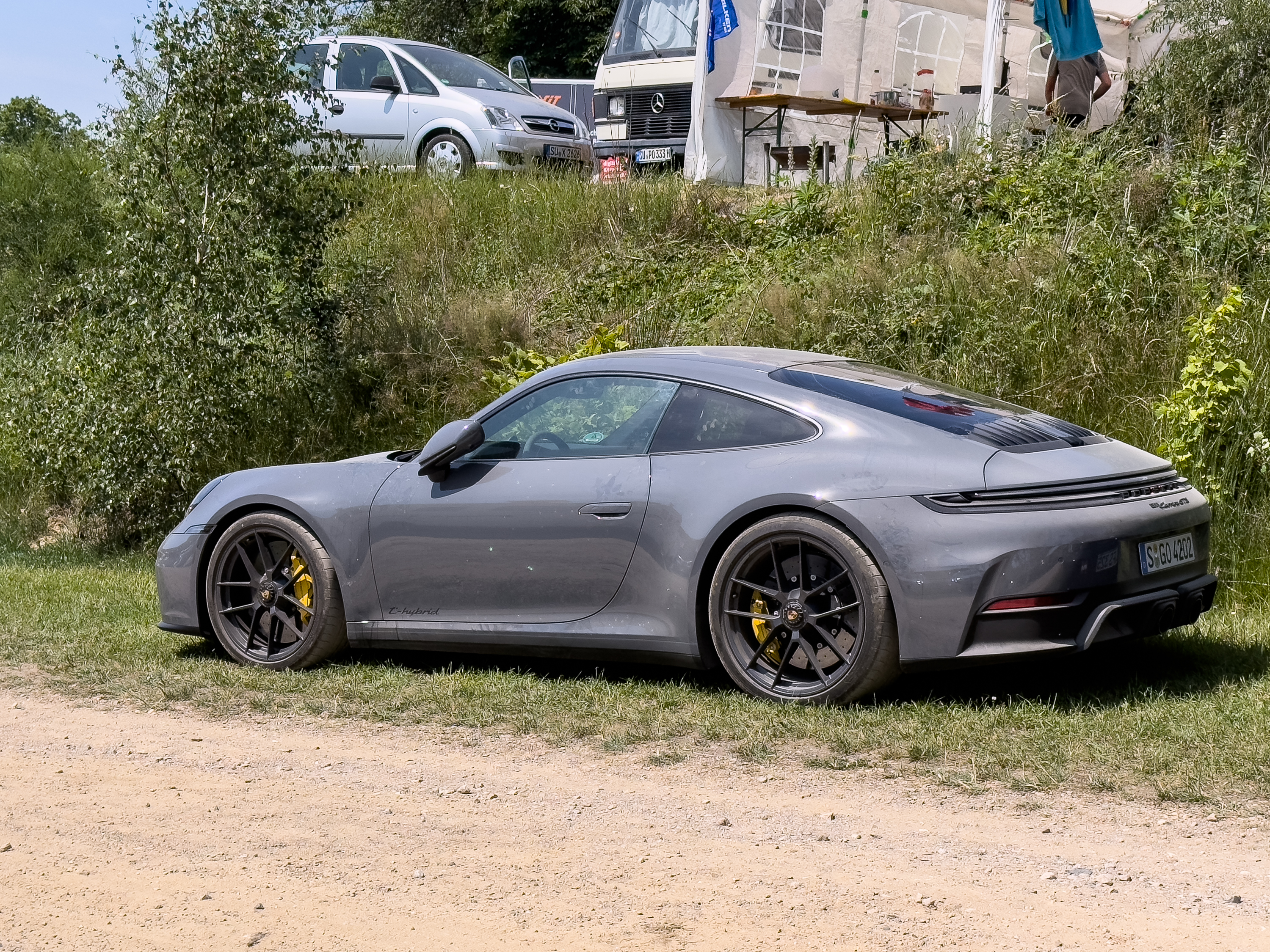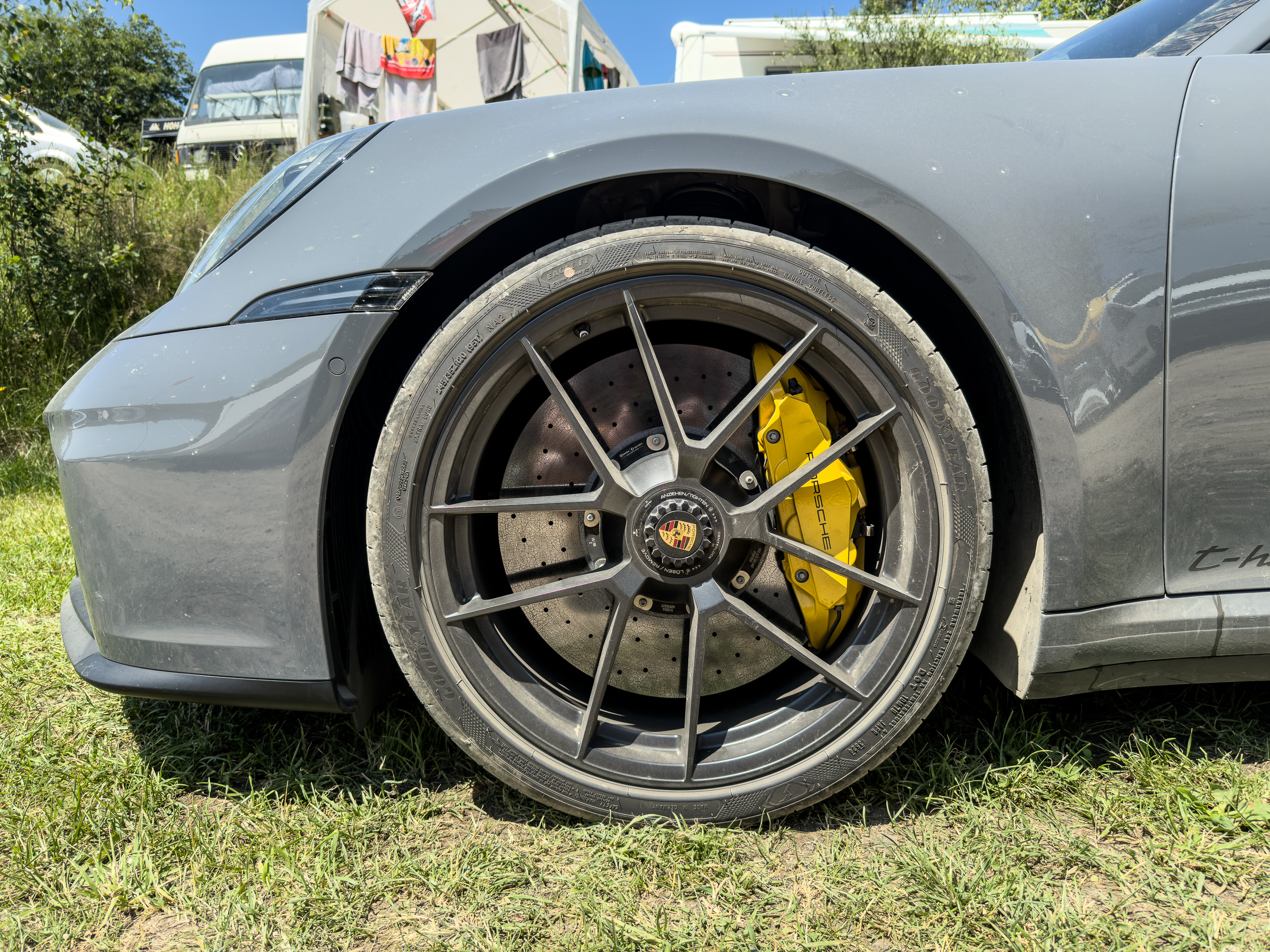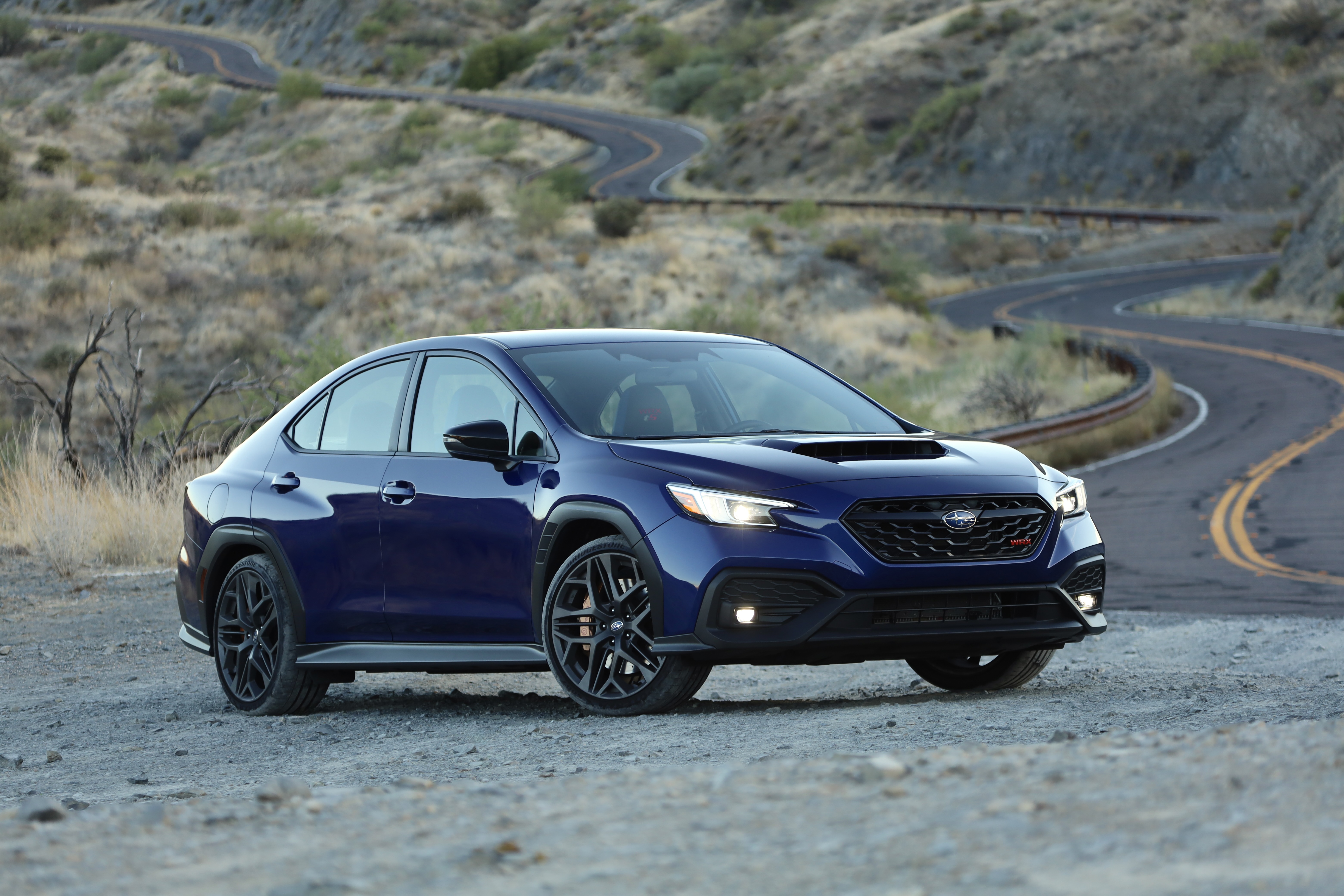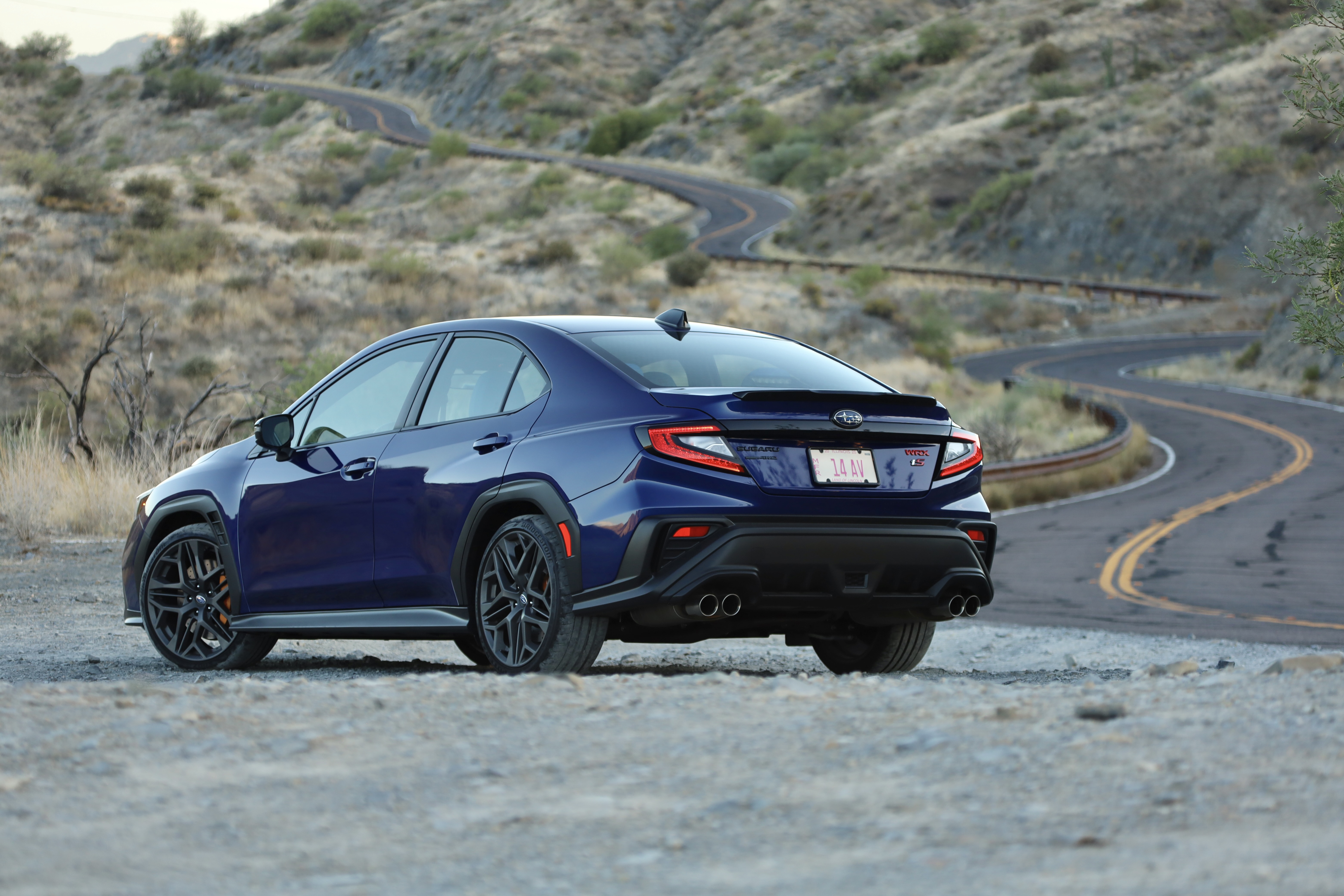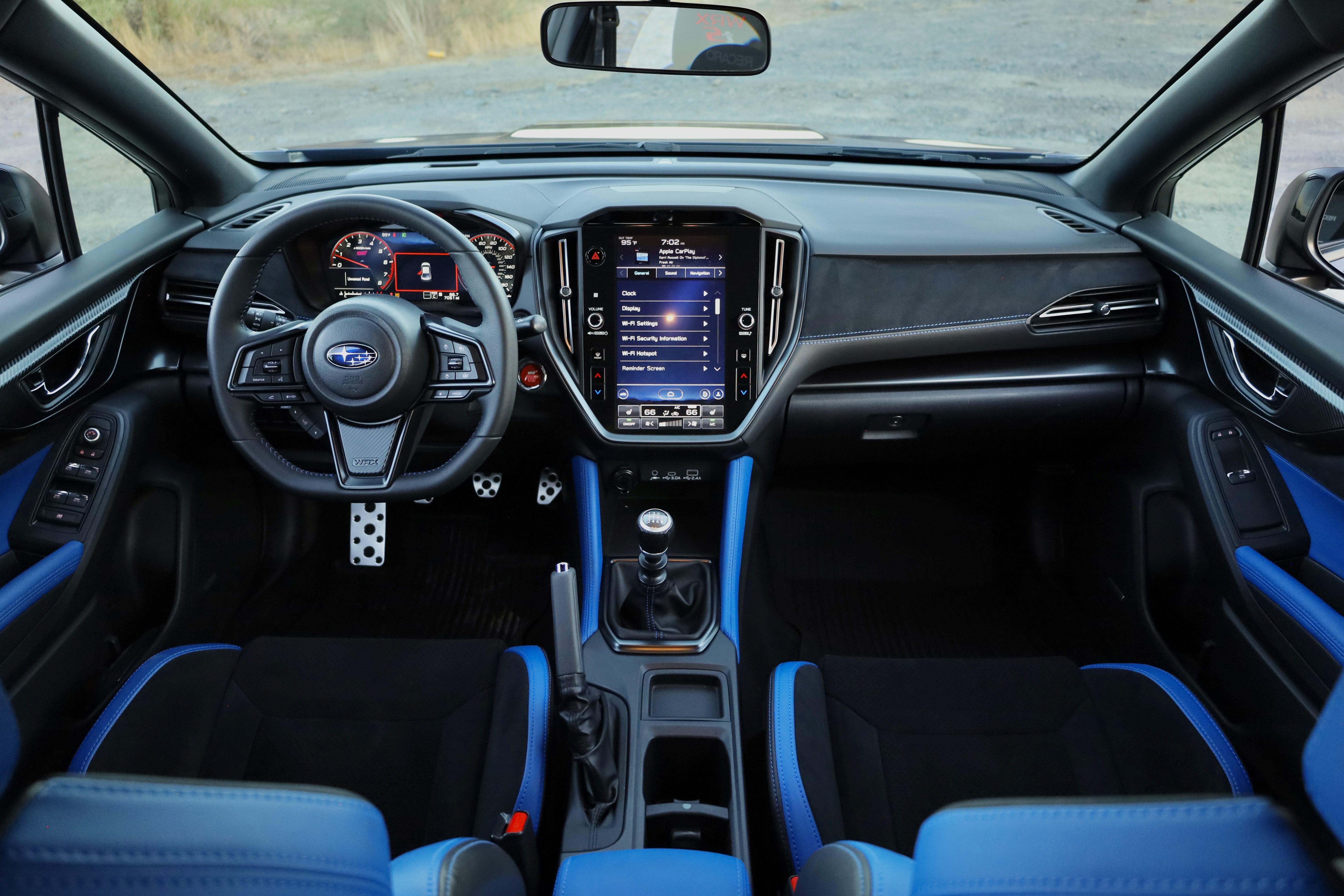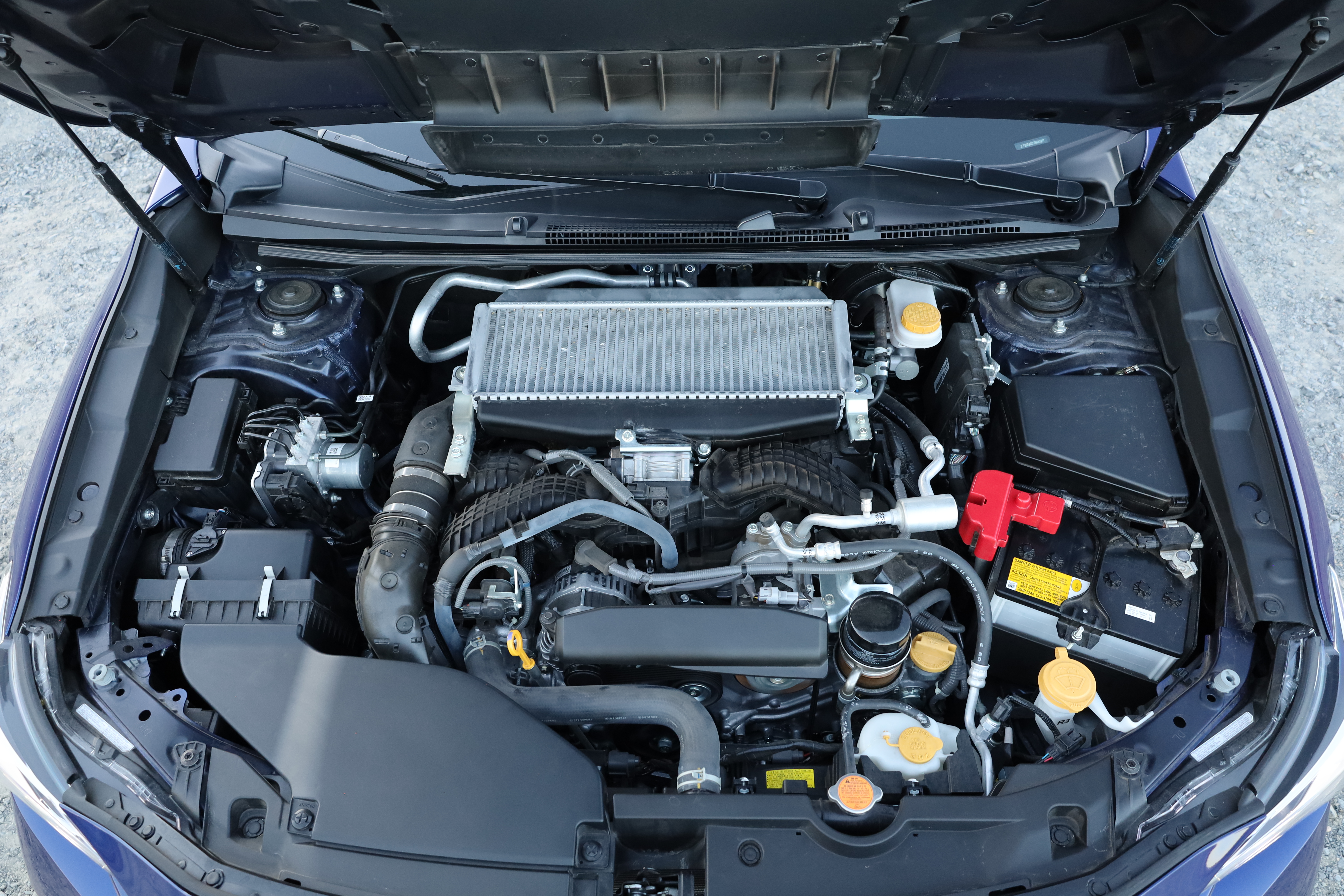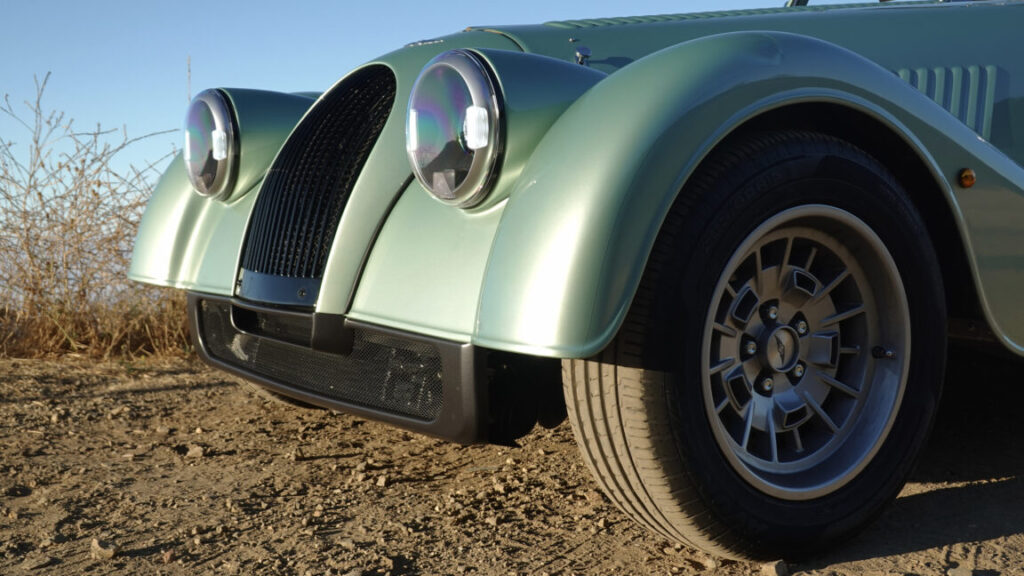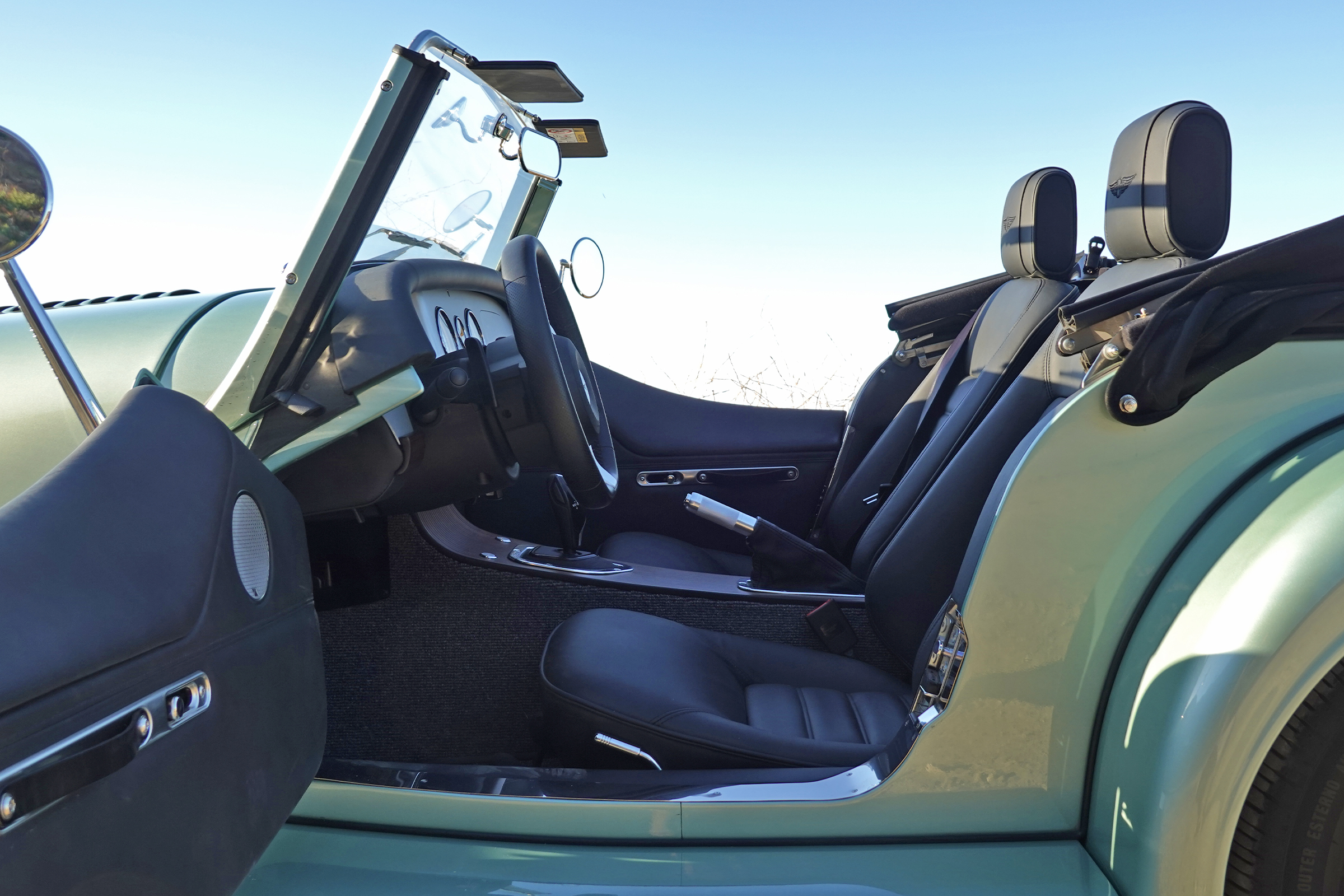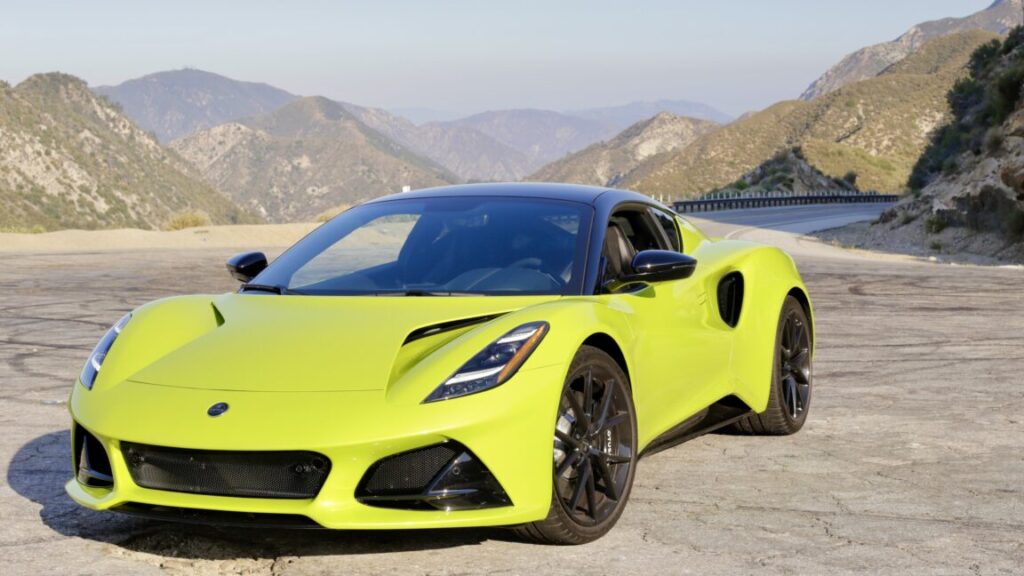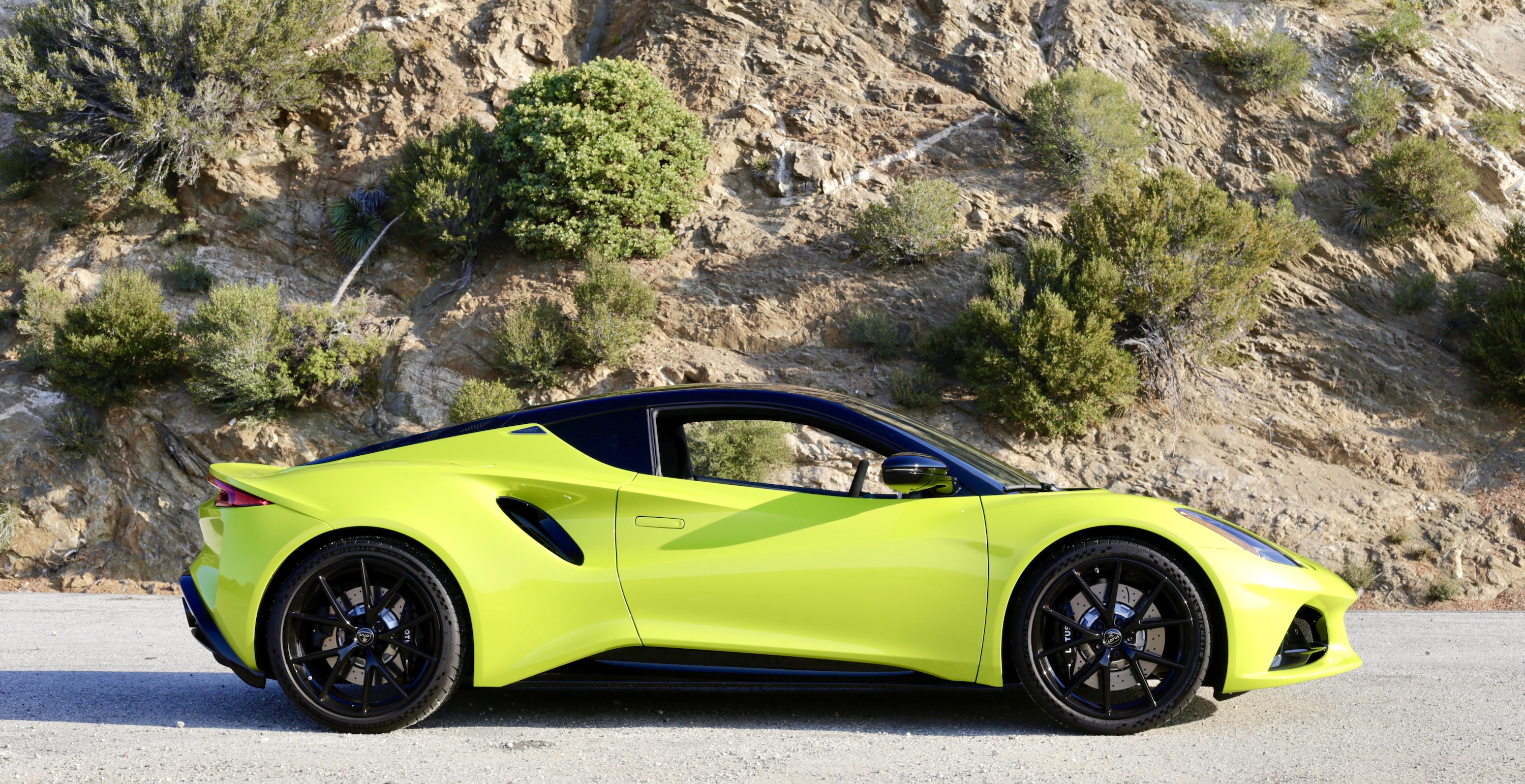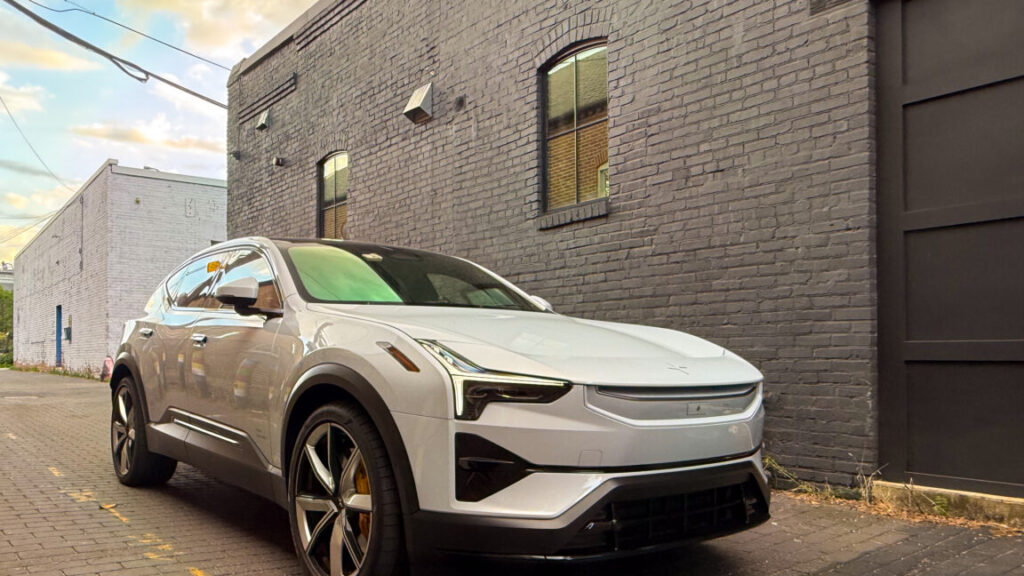2026 Hyundai Ioniq 9: American car-buyer tastes meet Korean EV tech
The Ioniq 9 interior. Jonathan Gitlin
The native NACS charge port at the rear means all of Tesla’s v3 Superchargers are potential power-up locations; these will take the battery from 10–80 percent state of charge in 40 minutes. Or use the NACS-CCS1 adapter and a 350 kW fast charger (or find one of Ionna’s 350 kW chargers with a NACS plug) and do the 10–80 percent SoC top-up in a mere 24 minutes.
With this most-powerful Ioniq 9, I’d mostly keep it in Eco mode, which almost entirely relies upon the rear electric motor. When firing with both motors, the Calligraphy outputs 422 hp (315 kW) and more importantly, 516 lb-ft (700 Nm). In Sport mode, that’s more than enough to chirp the tires from a standstill, particularly if it’s damp. Low rolling resistance and good efficiency was a higher priority for the Ioniq 9’s tire selection than lateral grip, and with a curb weight of 6,000 lbs (2,735 kg) it’s not really a car that needs to be hustled unless you’re attempting to outrun something like a volcano. It’s also the difference between efficiency in the low 2 miles/kWh range.
Life with the Ioniq 9 wasn’t entirely pain-free. For example, the touch panel for the climate control settings becomes impossible to read in bright sunlight, although the knobs to raise or lower the temperature are at least physical items. I also had trouble with the windshield wipers’ intermittent setting, despite the standard rain sensors.
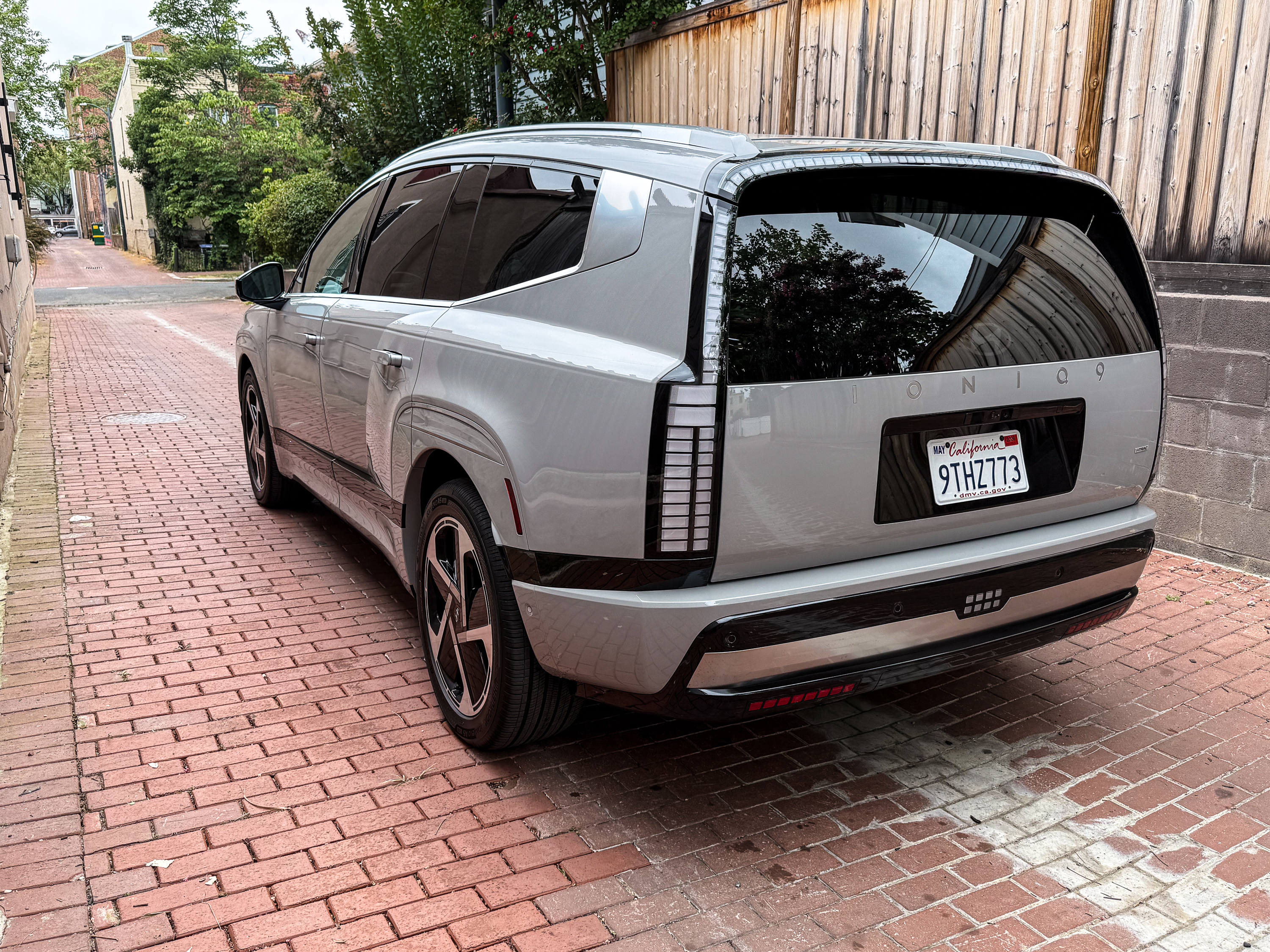
Built just outside of Savannah, Georgia, don’t you know. Credit: Jonathan Gitlin
At $74,990, the Ioniq 9 Calligraphy comes more heavily specced than electric SUVs from more luxury, and therefore more expensive, brands and should charge faster and drive more efficiently than any of them. If you don’t mind giving up 119 hp (89 kW) and some options, all-wheel drive is available from $62,765 for the SE trim, and that longer-legged single-motor Ioniq 9 starts at $58,955. Although with just 215 hp (160 KW) and 285 lb-ft (350 Nm), the driving experience won’t be quite the same as the model we tested.
2026 Hyundai Ioniq 9: American car-buyer tastes meet Korean EV tech Read More »
